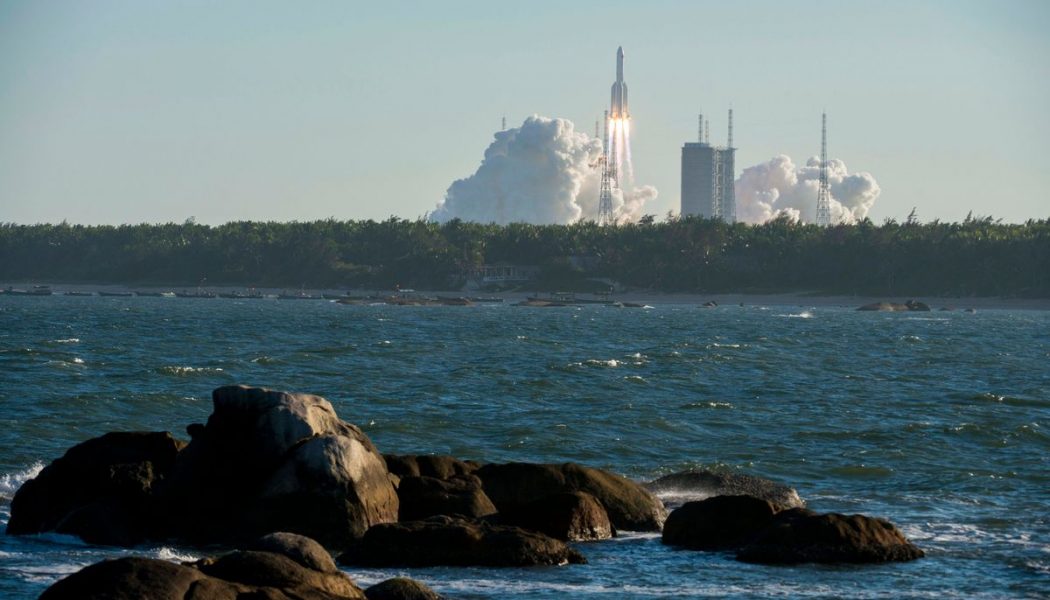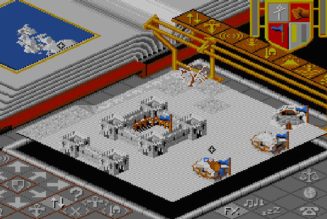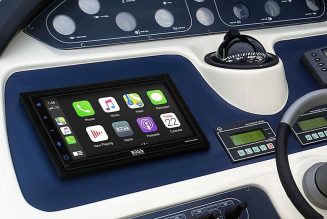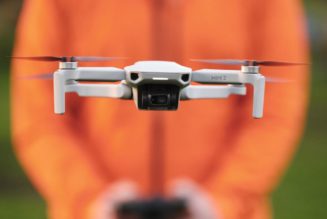Early this morning, China launched a pivotal new rocket, carrying a prototype deep-space spacecraft. China declared the launch a success, and it now paves the way for a slew of critical launches over the next year.
This latest launch from the Wenchang launch site in southern China sent a new rocket called the Long March 5B into orbit. A variant of China’s Long March 5, it’s a massive vehicle with four strap-on boosters that provide extra thrust at liftoff. On top of the rocket was a special prototype: a new crewed spacecraft somewhat akin to the deep-space Orion capsule that NASA has been developing to take people to the Moon and beyond. No people were on this flight, but the capsule could be used to ferry people to low Earth orbit or maybe around the Moon in the future.
“It is designed to increase China’s human spaceflight capabilities, both to low Earth orbit, but also to deep space,” Andrew Jones, a journalist and correspondent for Space News covering China’s spaceflight program, tells The Verge. “If they have a launcher which can do this, they would be able to send this new spacecraft to do a circumlunar mission like Apollo 8,” he says.
China’s launch today was also critical for the country’s future space ambitions in the year ahead. Later this summer, China intends to launch its Tianwen-1 mission, which will send the country’s first lander and rover to Mars, as well as a spacecraft that will orbit the Red Planet. Then toward the end of the year, China will launch its next mission to the Moon, called Chang’e 5, which will attempt to return a sample of lunar material back to Earth. Though China has landed multiple spacecraft on the Moon, this type of mission is something the country has never done before. Both the Mars and Moon missions are set to launch on the Long March 5, so a successful launch of the 5B sets the stage for those missions to occur.
This successful launch comes after a string of recent rocket failures. In April, a Chinese Long March 3B rocket failed en route to space and was not able to properly deploy the Indonesian communications satellite it was carrying. In March, the first launch of a Long March 7A rocket also failed and didn’t put a classified Chinese satellite into orbit.
:no_upscale()/cdn.vox-cdn.com/uploads/chorus_asset/file/19946489/1211854949.jpg.jpg)
“They were not related to this rocket today, but the fact that they had two failures, amid the operational and management changes they’ve made because of the coronavirus, there were question marks,” says Jones. “So this was a huge launch in terms of pressure.” He adds: “In terms of management, they had to show that there wasn’t some kind of persistent issue, which was causing launch failures.” The Long March 5 has also had its own problems. A major failure of the rocket during a launch in 2017 led to years-long delays in many of China’s spaceflight missions.
Now that this new prototype is in space, China will test out its ability to go into a higher orbit beyond just low Earth orbit. Flight controllers will ignite the vehicle’s engines and boost the spacecraft to a higher altitude that reaches nearly 5,000 miles (or 8,000 kilometers), according to Jones.
The launch today was also meant to test out China’s capability for launching a new module called Tianhe, which will be the core of its next space station around Earth. The prototype deep-space vehicle on today’s launch is about the same mass as what Tianhe will be, according to Jones. The launch of Tianhe could occur as early as 2021. The final space station that China plans to build will be able to support three crew members at all times, says Jones. China’s previous space stations, Tiangong-1 and Tiangong-2, only had visitors for short periods of time.
China’s deep-space human spaceflight ambitions are clear, but its next steps have not yet been announced. Chinese officials have discussed sending humans to the Moon in the 2030s, but a lot more hardware needs to be built for that to happen, notably a lunar lander and potentially a new rocket to take humans to deep space, says Jones. “The Moon missions — they have plans,” he says. “We can see from this mission today that they’re really thinking about it and working towards it, but there’s still lots to be decided.”
However, today’s flight does signal that China is serious about sending its astronauts beyond Earth orbit. “They’ve made themselves a part of the conversation about what humanity is going to do in terms of deep space exploration going forward,” says Jones.









